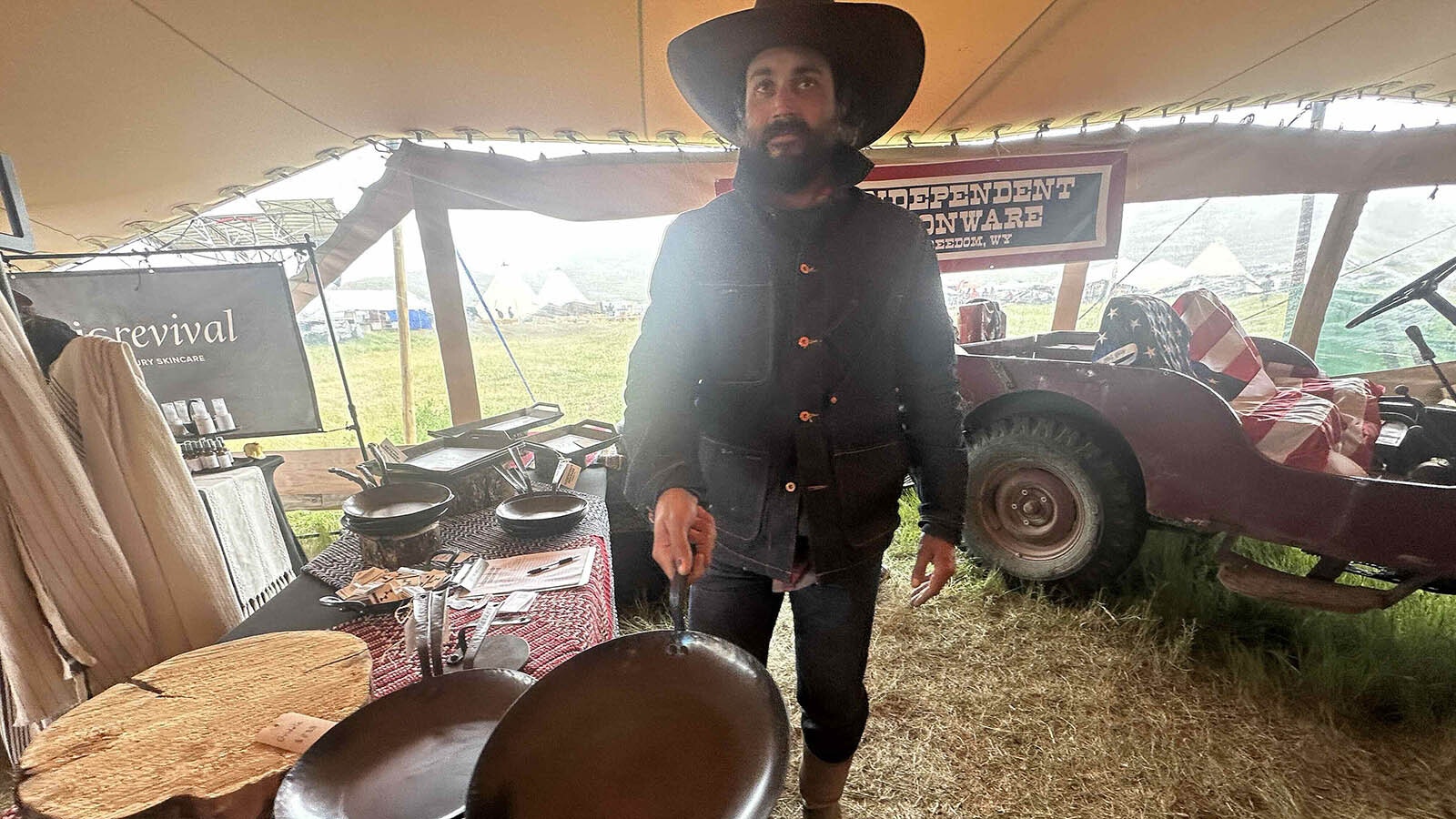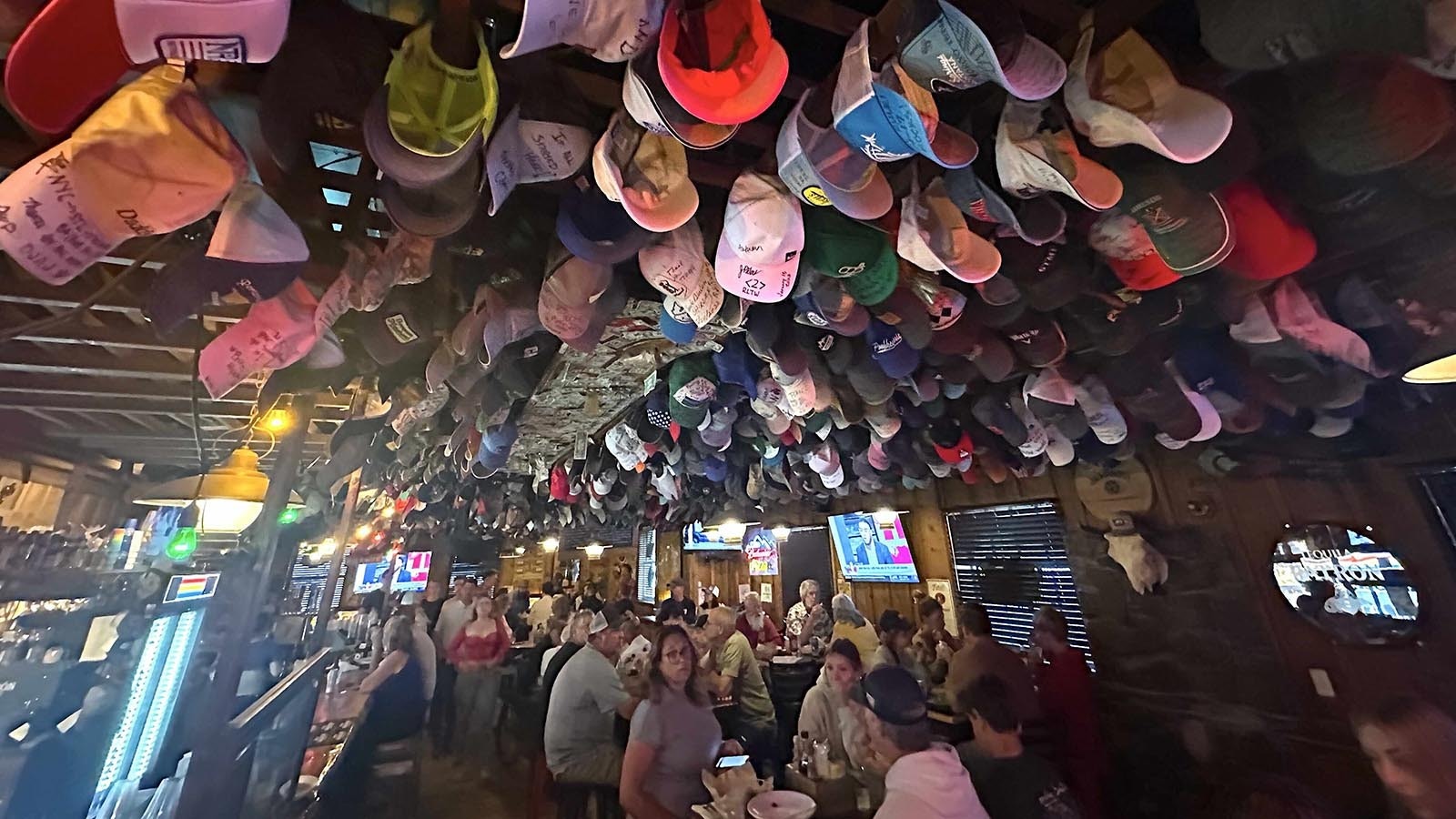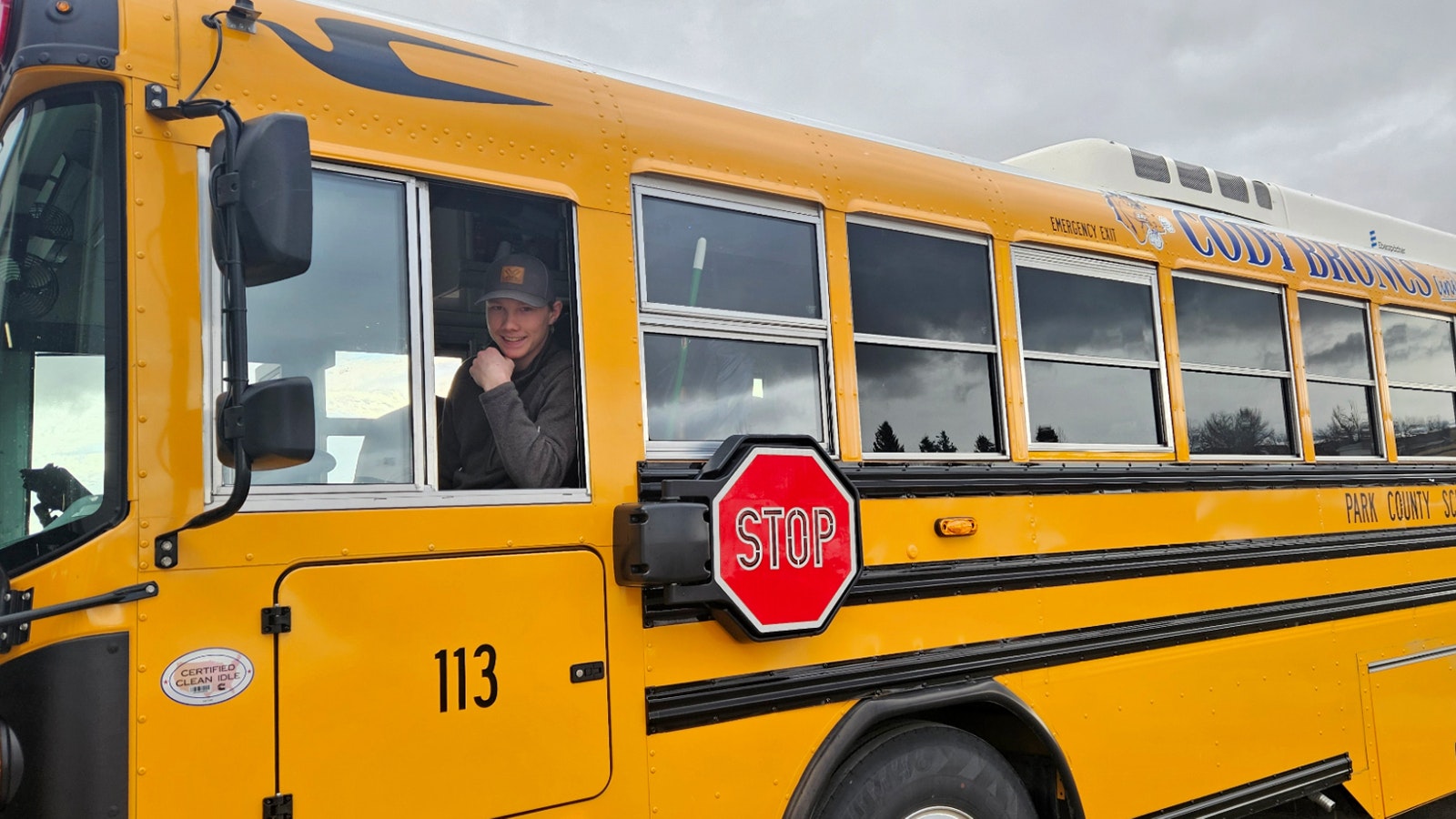Johnson County landowners have lost nearly $25 million in goods and infrastructure to the 175,00-acre House Draw Fire that ravaged about 40 ranches east of Buffalo, Wyoming, according to the county’s tally.
Federal, state and local firefighters — plus numerous locals with their own heavy equipment and water tanks — have largely subdued the fire as of Friday afternoon. It’s 94% contained, and about 80% of the land it consumed is private property.
Now those landowners are looking toward recovering what they’ve lost.
Those losses tally at 151,279 acres of private land, 610 miles of fencing, seven corrals, three buildings, nine storage tanks, eight water tanks, one water pipeline, two solar wells, 52 livestock animals and 325 round bales of hay, according to the county’s spreadsheet and a follow-up interview with Johnson County Commission Chairman Bill Novotny.
The Johnson County Commission on Wednesday asked Gov. Mark Gordon to petition the U.S. Department of Agriculture (USDA) for a federal declaration of disaster to help the county’s producers.
FEMA Money Looks Hazy
Early on in the fire’s lifespan, Gordon applied for and received a Federal Emergency Management Agency (FEMA) designation for the fire.
Novotny told Cowboy State Daily he’s grateful for the FEMA grant approval, but he’s not sure it’ll be enough.
“(It) will help with reimbursement for costs of fighting the fire, and individual landowners may be able to apply for some assistance through FEMA,” said Novotny. “But at this point we’ve received no assistance (from that outlet).”
County leaders “have no idea” when the FEMA funding would come through to reimburse county agencies, he said. But he was chiefly concerned with the landowners’ prospects of recovery.
The chairman extended his gratitude to Gordon’s office for working with the county’s proposal, and to U.S. Sens. John Barrasso and Cynthia Lummis, who are pushing for its approval, he said.
If USDA approves the grant program, it would cover producers’ recovery costs up to 75% for things like the rebuilding of fences, water infrastructure and – importantly – treatment for charred areas to ward off invasive species like cheatgrass, Novotny said.
“After that disturbance, one of the worst things that can happen is those invasive grasses, they’ll take over,” he continued. “And they’ll leave no native grasses for livestock and wildlife feed.”
The county’s spreadsheet estimates weed treatment cost at about $12.1 million, the highest expense, with fence replacement just behind it at $11.81 million.
Other losses include grazing fees ($51,867), corral replacement ($140,000), storage and water tank replacements ($75,000 and $28,000, respectively), solar wells ($7,000), lost equipment ($50,000), hay losses for several 2,000- to 3,000-pound bales ($650,000) and livestock losses ($78,000).
Working On It
Gordon’s office is working on the USDA approval, Gordon’s spokesman Michael Pearlman told Cowboy State Daily.
Novotny made it easier for the governor’s office by providing the spreadsheet and a detailed letter, said Pearlman. One complicating factor is that four major fires that have impacted Wyoming agriculture producers are still blazing.
“With the fires still burning, the state is still in the process of evaluating the best way to move forward to assist those involved and impacted,” wrote Pearlman in a Friday email to Cowboy State Daily.
The state’s next steps are to consider the needs of agriculture, wildlife, habitat, and the needs of communities, he added.
Gordon on Friday signed two executive orders to help the situation as well: one exempting motor carriers hauling livestock from operating time requirements, and one lifting some restrictions for vehicles transporting oversize and overweight loads of livestock feed and livestock.
He hopes the orders will allow help “to flow more freely to those who need it,” Gordon said in a Friday statement.
In The Meantime, These Ranch Women
In the meantime, two local ranch women have set up a 501(c)(3) under the Johnson County Community foundation, titled the Johnson County Fire Relief Fund.
Kassie Camino and Meg Scales worked with local officials and established a bank account at First Northern Bank in Buffalo for the fund Thursday. So far it’s raised $1,600 in its first 24 hours, Scales told Cowboy State Daily.
“(We) are going to try and head up the private side of the donations, to try to assist affected ranchers while we hopefully wait for federal funding to kind of work through the channels,” said Camino, adding that the pair are working to establish advocacy and fundraising committees.
“It’s pretty amazing what small communities do when there’s a disaster,” said Camino. “There’s been a huge outreach for people just wanting to help any way that they can.”
Camino also touted the Big Horn Equestrian nonprofit group, which is working toward the short-term but very urgent need of building fences.
The Johnson County Fire Relief Fund is looking more toward the “long game” of recovery and restoration, she said, adding that people can donate online, in person at the bank, or by sending a check to Johnson County Fire Relief Fund, P.O. Box 41 in Buffalo, Wyoming, 82834.
‘The Blessing Was …’
Before the two women started the nonprofit group, they faced the House Draw Fire alongside their neighbors.
“My husband was in a (grader) blade, and the blessing was — our blade wasn’t very far away from where the fire started,” Kassie Camino told Cowboy State Daily.
Soon after the House Draw exploded the morning of Aug. 21, Camino’s husband climbed into the blade and gouged fire break lines until midnight, she said.
In gusts and drought, the fire outran him, throwing 40- to 60-foot flames across 60 mph winds.
“He said he only saw the front of the fire one time,” said Camino. “It was just moving so incredibly fast.”
The next day, Camino went out to defend one of her family’s leases. There, she fought alongside distant neighbors whom she hadn’t met before, she said.
Meg Scales had similar recollections. She kept an eye on her home ranch during the thunderstorm of Aug. 21, at home with her 8-month-old baby and her kindergartener.
She called her local dispatcher and told them how to get resources to her husband, who was out spraying flames with their water truck, and she readied her own livestock trailer in case any neighboring animals needed to escape, she said.
Two days later, Scales’ neighbor called to say the blaze was racing toward her cattle.
“Truly the most terrifying 15 minutes of my life,” said Scales.
One of the animals was meandering toward the blaze, but Scales shouted for her neighbor to just get out of there rather than try to save the cow, she said.
“But she turned around – and he was able to get her out as well,” she said.
Her family was fortunate, she said: they didn’t have any losses, due to the help of so many.
Looking forward, “Whatever we could do to help with these more medium to long-term efforts in recovery, is just so important to our family,” said Scales.
Clair McFarland can be reached at clair@cowboystatedaily.com.





